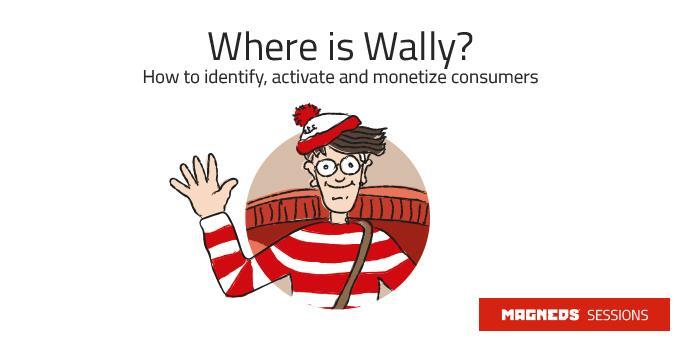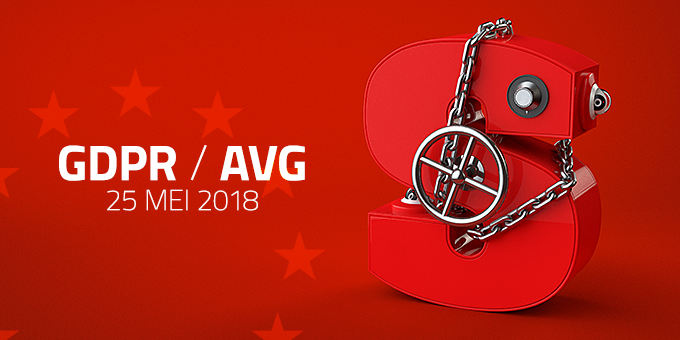The integration of payment and loyalty marketing in ‘digital wallets’ sounds like a solution that would open up a world of opportunities. Still, it is important to take a critical look at the functioning of such wallets. Don’t jump on board without thinking, because where is this train taking you, and is that the destination you had in mind?
With the announcement of Apple Pay becoming available in Germany this year, the service has come one step closer. After the expansion, consumers from thirty different countries will be able to use Apple’s mobile wallet to store payment cards and loyalty cards information. The Netherlands is one of the few Western-European countries that is not part of this selection. But it is only a matter of time before this changes.
Apple is certainly not the only one who has the ambition to use a smart wallet in order to facilitate transactions between supplier and consumer. Google – who, with Android, has a much higher market share – provides a similar solution with Google Pay. In the Netherlands, we have OK and Payconiq.
Key to loyalty loop
At first glance, they all seem to be primarily payment services for mobile payment, but they are key to a remarkable marketing channel. Soon, people who visit their favourite retail chain, no longer have to whip out a plastic or digital savings card. When the loyalty programme is integrated with one of these smart wallets, points and rewards are automatically updated with every transaction at the register. They are added to the underlying wallet, without the customer having to worry about it.
Logically, marketers monitor this development with great interest. An additional channel to experiment with is always welcome. From the marketer’s perspective, it is not just easier to let customers use wallets for their savings. They will be able to incentivize consumers by giving them extra rewards through various other marketing channels. For example, a special discount from the retailer via email marketing or an ad of Facebook, can be downloaded to the Apple wallet with just one tap. The discount is automatically taken care of at the register. Payment and marketing are thus slowly merging together, and that is when ‘loyalty loops’ occur.
Who’s paying a price?
In essence, that development is a good thing. Nevertheless, it strikes me how easily marketers avoid some important questions. Imagine if HEMA would integrate loyalty points onto a mobile wallet such as Apple Pay. Will HEMA’s marketing division still have its own customer data? Who has ownership of this data? What can it be used for? One of the main reasons to set up such a digital savings programme, is that it can be used to identify customers and their behaviour. Whoever has to buy back the required data has become too depended of a third party and will have to pay a hefty price for it. Of course it makes sense to be active on all of the platforms that are being used by consumers. However, the current popularity or dominance of these platforms is no guarantee for the future. Which is why it is always important for an organisation to stay in control. That critical view on the conditions might not seem relevant right now. After all, when you are a marketer, you want to experiment with new solutions as soon as possible to see how beneficial it is. But when one of the payment solutions becomes the new standard in a few years, the balance of power will have probably shifted.
Wallet is the answer to a challenge
Does that say that integration is only detrimental? Certainly not. For there are indeed some major marketing challenges. Many consumers forget their loyalty cards, resulting in a low percentage of active savers. Once payment and marketing become integrated, this particular problem will be solved. It especially offers an opportunity to medium and smaller sized retail chains, with a lower purchase frequency. Without having to set up their own digital platform, these companies can benefit from the range of possibilities and learn from what this form of activation has to offer.
It will become apparent in the next few years which payment solutions will be embraced by the general public as the new standard. Not just medium and smaller sized retailers will have to jump on board for that, but also at least a few partners with a higher purchase frequency.
Searching for a new balance
An interesting question marketers will be concerned with, is what the consequences will be of this automation. If customers don’t have to make any effort at all anymore for their active participation in loyalty programmes, the loyalty programmes will move to the background and disappear out of sight. The effects of coupons and saving campaigns will start to fade away. When there is less ‘commitment’, marketers will have to find a new balance between the ease and the awareness of the ‘advantage’ obtained.
For companies, this means that both communication and the way in which engagement is encouraged need to evolve as well. That is specifically why it is a must that marketers keep control of their loyalty programme. For the customer relationship and the associated data is what makes a company and the business model future-proof. The ones who have to rely on others for the necessary data are the ones who will shoot themselves in the foot.






